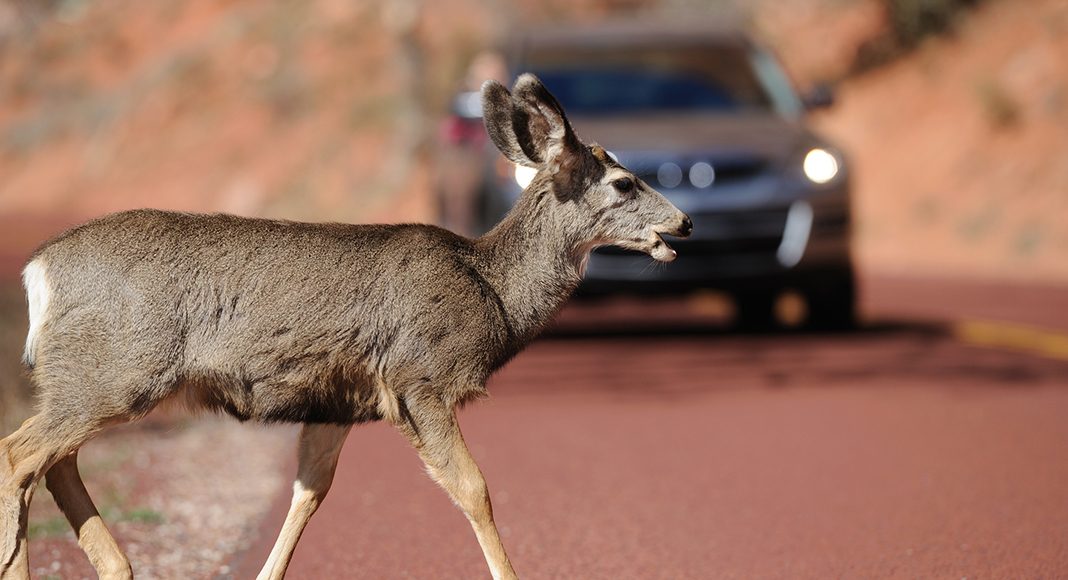Animal collisions are on the rise. Increased vehicle miles traveled and rising deer populations are the main factors, according to a Federal Highways Commission study.
On average, a wildlife-vehicle collision occurs every 39 minutes. Every year, approximately 200 people die in collisions with wildlife.
Fall is a time of year that requires drivers to be on high alert for animals. The time change means it is darker earlier in the evening. Also, animals move around more due to migration, mating and hunting seasons.
Drivers can take steps to reduce the risk/ damage of a collision with a large animal:
- Avoid travelling at sunrise or sunset
- If an animal crosses in front of you, reduce speed safely
- Do not swerve violently
- Do not sound your horn
- Grip the wheel firmly
- If you cannot stop in time- prepare for impact
One of the biggest mistakes you can make is to swerve into oncoming traffic or off the road.
While the risk of a fatality from a wildlife collision is relatively low, remember that the same cannot be said for the animals involved. Wildlife-vehicle collisions often kill the animal involved and can even pose a threat to the survival of certain species. The Federal Highways Collision study identified 21 federally listed threatened or endangered animals in the US for which road mortality is documented as one of the major threats to their survival.



















